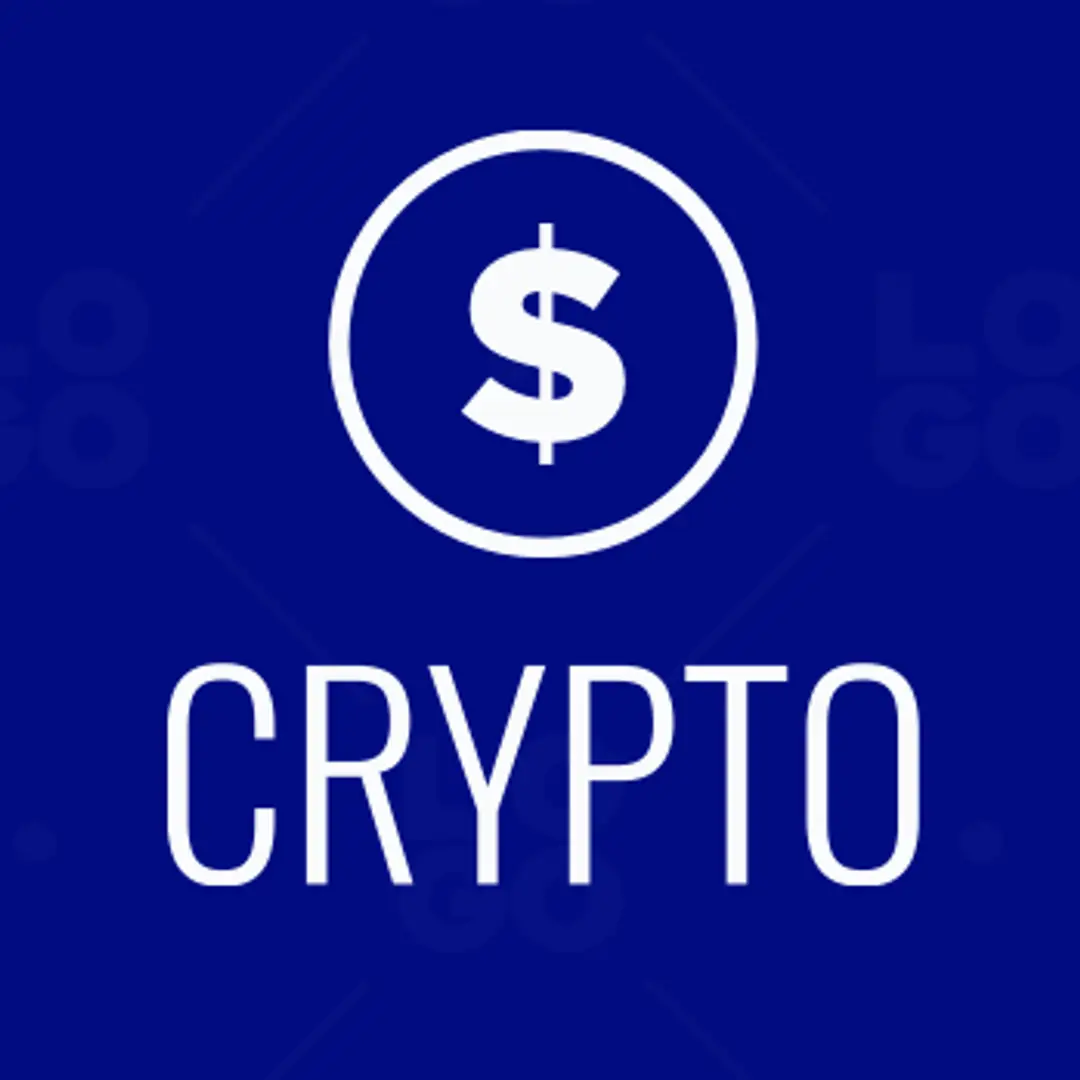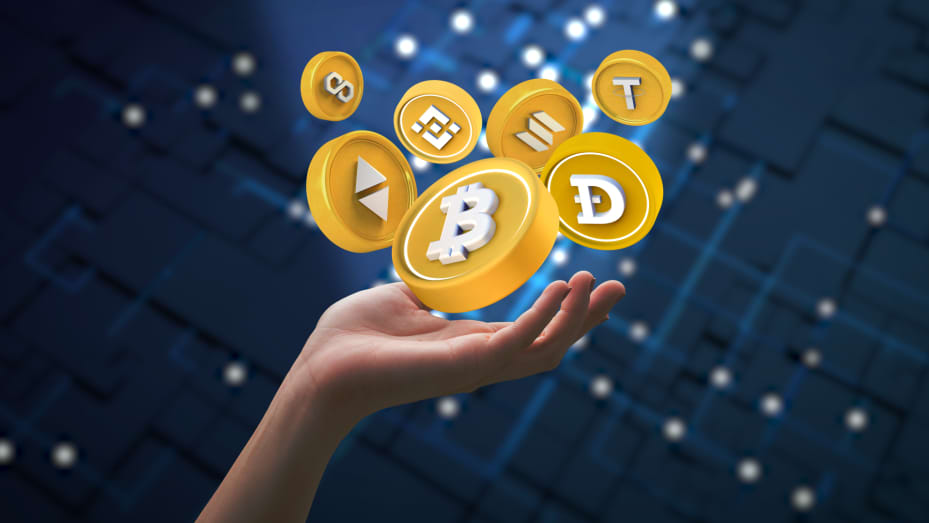How copyright Mining Continues to Grow Amid World Economic Changes
How copyright Mining Continues to Grow Amid World Economic Changes
Blog Article
Browsing the Globe of Digital Money: Patterns, Insights, and Opportunities
In a quickly advancing financial landscape, the electronic money world becomes an intriguing yet complex area. It shapes new financial trends, from decentralized money applications to non-fungible symbols, while offering one-of-a-kind chances and challenges. As mainstream acceptance of cryptocurrencies increases, so does governing scrutiny and market volatility. Navigating this vibrant setting needs an insightful understanding and strategic method. Unpacked better, these aspects expose a compelling story of the digital money globe.
Comprehending the Standard Ideas of Digital Currency
A significant bulk of individuals are still facing the fundamental concepts of electronic currency. This ingenious type of economic transaction stands for a standard change from conventional, concrete currency to intangible, digital forms. Digital currency, commonly called copyright as a result of the cryptographic technology used for safety, is decentralized, indicating it is not managed by any kind of central authority like a government or banks.
The most typical form of digital currency is Bitcoin, a leader in the area, however numerous choices, called altcoins, exist. Each electronic money operates an innovation called blockchain, a distributed journal imposed by a network of computers called nodes. These digital currencies can be extracted, gotten, sold, or traded, frequently with digital money exchanges. Despite its complexities, understanding the fundamental concepts of electronic money is crucial in today's electronic age, where modern technology is rapidly transforming the financial landscape.

The Evolution and Growth of Cryptocurrencies
Considering that the advent of Bitcoin in 2009, the landscape of digital currencies has actually evolved and grown exponentially. Bitcoin, the first-ever decentralized copyright, led the way for a new economic world, complimentary from standard financial systems.
The development of cryptocurrencies is also observed in their raising market cap, which exceeded 2 trillion bucks in 2021. This development is propelled by increasing acceptance by conventional capitalists and organizations, identifying the possibility of electronic money in replacing conventional money. Moreover, technical advancements have actually made electronic purchases much faster, more secure, and extra reliable, increasing copyright adoption.

Existing Fads Forming the Digital Currency Landscape
While the check out here digital currency landscape proceeds to progress, numerous present patterns are forming its trajectory. Decentralization is one such pattern, with decentralized finance (DeFi) applications providing alternatives to traditional banking and financial systems.

An additional substantial fad is the raising regulatory analysis. Governments globally are paying closer focus to digital money, bring about more regulatory structures focused on guaranteeing openness and mitigating dangers.
Finally, the integration of electronic money right into everyday life is a crucial fad. Extra services currently accept electronic currencies as settlement, and blockchain modern technology is being integrated into different markets, from healthcare to provide chain administration. These patterns show the vibrant nature of the digital currency landscape, showing its possible to revolutionize various facets of our lives.
Potential Opportunities in the Digital Currency Market
What might the future hold for the digital currency market? The possible possibilities are large and varied. Initially, as digital currencies come to be extra conventional, they provide a possibility for financiers. With their high volatility, electronic currencies might generate high returns, although they likewise lug substantial risks.
2nd, electronic currencies might transform the method businesses run. They might get rid of the requirement for intermediaries in economic deals, reducing costs and raising effectiveness. Companies can utilize blockchain, the modern technology behind many digital money, to track supply chains or authenticate items.
Third, electronic money can increase financial inclusion. In developing countries, where many individuals lack access to traditional banking, electronic money could provide a means to store worth and make transactions.
Ultimately, regulators and governments could use digital currencies to enhance monetary security, fight criminal offense, and secure consumers. As an example, a central financial institution digital money could offer the advantages of digital money while maintaining the stability of conventional money.
# Final thought
As the electronic money landscape remains to advance, it uses interesting trends and chances, especially in decentralized finance and non-fungible tokens. It likewise provides considerable obstacles such as governing examination and market volatility. For that reason, it is critical for financiers and services to comprehend the fundamental ideas, track existing trends and recognize prospective threats to browse this dynamic market efficiently.
These electronic currencies can be mined, purchased, offered, or traded, typically with digital currency exchanges. In spite of its complexities, comprehending the standard concepts of electronic money is important in today's electronic age, where modern technology is quickly transforming the economic landscape.
Present Trends Forming the Digital Money Landscape. copyright mining.
These patterns show the vibrant nature of the electronic money landscape, suggesting its prospective to revolutionize numerous elements of our lives.
As the digital currency landscape continues to develop, it offers interesting fads and chances, notably in decentralized finance and non-fungible symbols.
Report this page